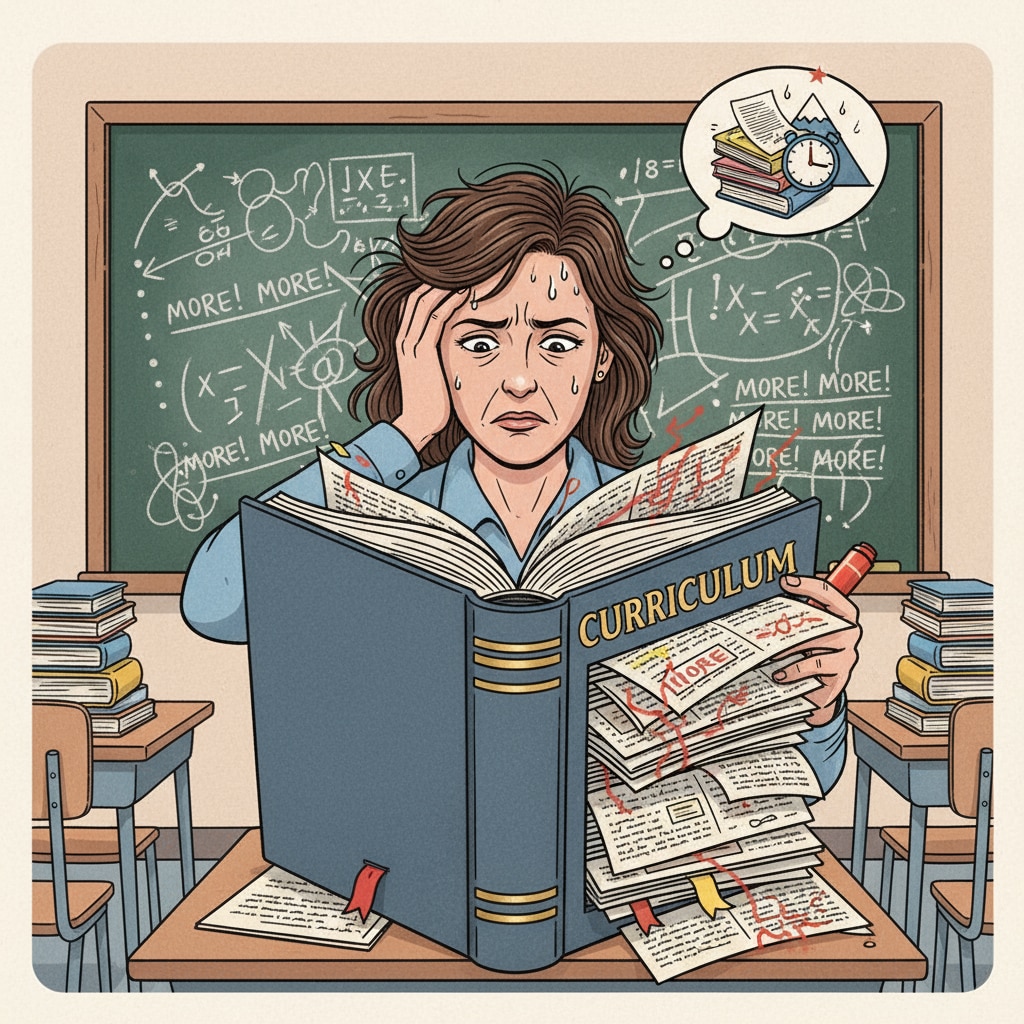Teacher burden, excessive curriculum, and job burnout are becoming increasingly prevalent issues in the field of education, especially in K12 settings. These problems not only affect the well-being of teachers but also have a profound impact on the quality of education provided. Let’s take a closer look at these issues through the eyes of a seasoned educator.

The Heavy Load of Teaching
Teachers today are shouldering an enormous amount of responsibility. In addition to preparing lessons, they are often required to manage large classrooms, deal with a wide range of student needs, and meet numerous administrative requirements. For example, according to National Center for Education Statistics, the average class size in many schools is quite large, making it difficult for teachers to give individual attention to each student. This heavy workload can lead to feelings of being overwhelmed and contribute to burnout.
The Problem of Excessive Curriculum
The curriculum has also expanded significantly over the years. There is now a vast amount of content that teachers are expected to cover in a limited time. This forces them to rush through lessons, leaving little room for in-depth exploration and student engagement. As stated on National Education Association’s website, the overcrowded curriculum is one of the major stressors for teachers. They are constantly struggling to balance the quantity and quality of education.

The cumulative effect of these factors is often job burnout. Teachers may start to feel emotionally drained, lose their enthusiasm for teaching, and even consider leaving the profession. This is a worrying trend as it threatens the stability and quality of the education system.
Readability guidance: As we’ve seen, the problems of teacher burden, excessive curriculum, and job burnout are intertwined. By understanding these issues better, we can start to explore potential solutions to support our educators and ensure the future of education.


